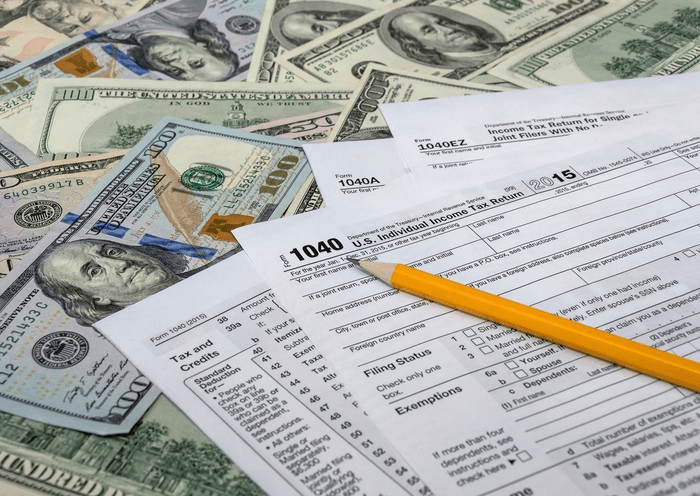
Looking for intuitive and simple workflows to satisfy your accounting needs? Take the stress how to calculate outstanding shares out of accounting with FreshBooks. FreshBooks is made with small business owners and freelancers in mind. Many users have found this account tedious because it’s not very intuitive to untrained users. I’d appreciate any additional information you can provide. The example they cited as Other Current Assets was a overpayment of taxes due to the company.
Now you can select an Undeposited Funds or another account each time you create a sales design a technology marketing slick receipt. Otherwise, you run the risk of either understating or overstating your income, both of which will have tax implications. Now, when you check the Bank Register for your checking account, you can see the deposit posted for the correct amount. Continue entering payments received from your customers until all payments have been entered.
By default, QuickBooks wave community puts sales receipt payments into the Undeposited Funds account. All you have to do is create a sales receipt and QuickBooks handles the rest. When you follow the workflow to receive payment for an invoice, QuickBooks automatically puts them into Undeposited Funds.
- First, reconcile your bank accounts to make sure you have recorded all the deposits you have made.
- In QuickBooks, we follow and use the Undeposited Funds account to hold invoice payments and sales receipts.
- FreshBooks is made with small business owners and freelancers in mind.
- When you click on record deposits it will bring up all payments that have not been deposited yet (hence the term undeposited funds).
- I’d appreciate any additional information you can provide.
Think of the record deposits function of you actually making the deposit at the bank. You are putting these funds into a specific bank account and you need to do the same thing in QuickBooks. When you click on record deposits it will bring up all payments that have not been deposited yet (hence the term undeposited funds).
Select a Country
When you record the deposits it is important to group the deposits to match your bank activity exactly. You select all the payments you want to deposit, select the appropriate bank account and select the date of deposit. The technical accounting of the record deposits function is credit undeposited funds and debit cash or checking. It’s not an actual bank accounts which is why there’s no option to reconcile it in QBO.
Learn How We Can Impact Your Business Growth
I appreciate all the details and feedback on how we handle the Undeposited Funds account. The “normal” balance for the Undeposited Funds account is $0. If you see a balance in Undeposited Funds on your balance sheet, you need to investigate. Using this Undeposited funds feature is going to be an important part of your workflow if you use an external processing service or have some wait time depositing your money. You don’t need to do this if you’re downloading transactions directly from your bank.
Best Accounting Software for Small Businesses of 2024
You received the check on the last day of the year, which happened to be a Saturday. Every QuickBooks Online file has an Undeposited Funds account. This account is created automatically as part of your business’s chart of accounts and cannot be deleted. If you try to do so, QuickBooks Online will just create a new Undeposited Funds account for you. Learn about the Undeposited Funds account and how to combine multiple payments together in QuickBooks. Your funds will still remain in this account not until you create a bank deposit in QuickBooks.
What is an Undeposited Funds Account? Everything You Need to Know

In other words, what you see on your bank statement does not match what you see on your itemized bank deposit slip. You have to think of receiving payments in QuickBooks as you sitting at the office recording your various customer payments against an invoice or invoices. This is where the undeposited funds account comes into play. When you receive a payment against a customer invoice you are increasing undeposited funds. The udeposited funds account exists because you have not told QuickBooks what bank account you would like to deposit the funds into. The technical accounting of this procedure is credit accounts receivable and debit undeposited funds.
Well, get ready to learn something new and take a thorough look at Undeposited Funds. See articles customized for your product and join our large community of QuickBooks users. Learn how to use the Undeposited Funds account in QuickBooks Desktop. Learn how to use the Undeposited Funds account in QuickBooks Online. Outsourcing your bookkeeping is more affordable than you would think. We save you money the moment you hire us by cutting out the expensive cost of hiring an in-house CFO.
When you put money in the bank, you often deposit several payments at once. For example, let’s say you deposit five US $100 checks from different customers into your real-life checking account. Your bank records all five checks as one US $500 deposit. So, you need to combine your five separate US $100 records in QuickBooks to match what your bank shows as one US $500 deposit.